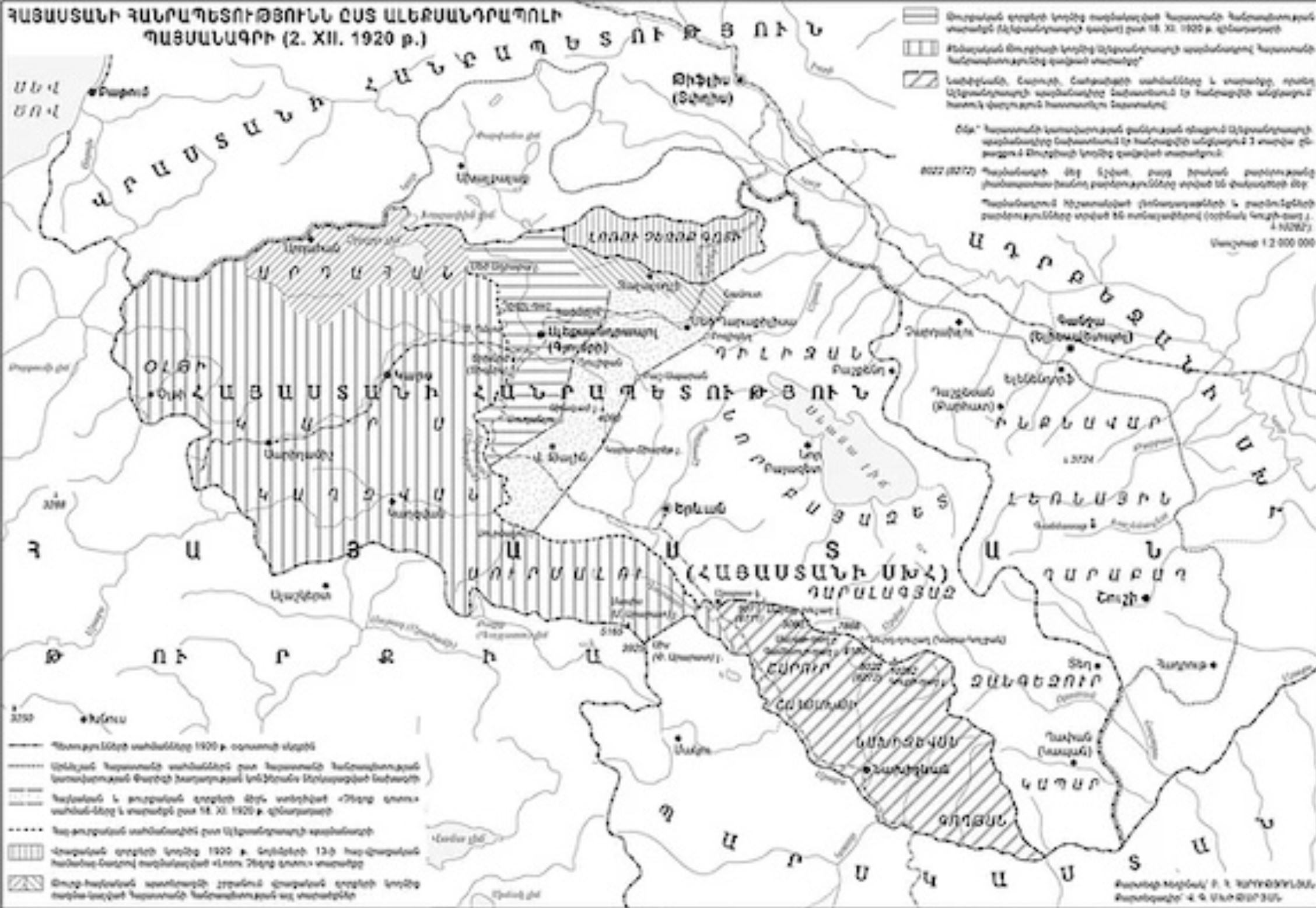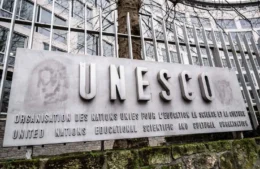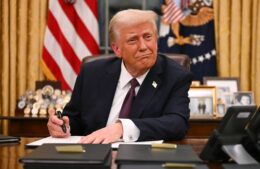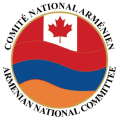Preventing a Modern Alexandropol: Armenia’s Critical Quest for Common Ground
- (0)

BY RAFFY ARDHALDJIAN
The 1920 Treaty of Alexandropol stands as a stark reminder of statehood’s fragility, considered one of the most tragic treaties in Armenian history. Signed on December 2 to 3, 1920, it ended the Armenian-Turkish war at a devastating cost.
The treaty forced Armenia to cede half its territory to Turkey, including the Kars region and Surmalu Province, while placing Nakhichevan, Sharur, and Shahtakht under temporary Turkish protectorate. It also imposed severe military restrictions and effectively ended Armenia’s brief independence. Though signed by a government that had resigned, was never ratified, and was superseded by the 1921 Treaty of Kars, it set the foundation for modern Armenia’s borders.
Simon Vratsyan, who served as the last prime minister of the First Republic of Armenia during this critical period, later became the principal of the Jemaran academy where I studied. And so, growing up, Alexandropol, while at the time saved the physical existence of the Armenian people, was a stark reminder of what can go wrong with Armenia’s nationhood.
This century-old event resonates ominously today as Armenia navigates complex regional politics. Without robust nation-building and responsible statecraft, modern Armenia risks facing similar existential threats that could jeopardize its very existence as a sovereign and viable state.
Armenia today is a testament to resilience, having endured revolution, national liberation struggles, genocide, and Soviet rule. It is no longer an abstract ethno-religious community, as it might have been perceived once by the privileged middle-class Amira in Ottoman Istanbul or as it may be envisioned romantically by some in the diaspora today. Rather, it’s a tangible state grappling with real-world challenges. It requires more than distant admiration; it demands agency, pragmatic statecraft, and often difficult tradeoffs. Building a viable state in the 21st century necessitates practical solutions and strategic thinking to balance national aspirations with geopolitical realities.
The imperative to reinforce the Armenian state has never been more urgent, yet its political class finds itself in disarray following the devastating 44-day war of 2020. The aftermath is marked by blame games and a troubling lack of agency in adjusting to alarming geopolitical shifts. The ethnic cleansing of Armenians from Nagorno-Karabakh intensified the need for decisive action and strategic recalibration. However, internal squabbles and reactionary policies prevail, leaving Armenia vulnerable to immediate geopolitical threats.
Armenia’s political class needs to transcend its current discord and short-term thinking to forge a long-term national consensus. This requires shifting from victimhood to a mature sense of agency and pragmatic engagement with challenges. Also, it demands placing the survival of the nation-state above all else. The stakes are too high for continued inaction or misguided rhetoric; the very future of Armenian statehood hangs in the balance.
While diverse views are essential in a democracy, the survival of the nation-state requires a baseline consensus. As Armenia grapples with the lessons of the past decades and faces ongoing threats, its political class cannot afford to be mired in internal squabbles. Unity in the face of existential threats does not mean uniformity of thought, but rather a shared commitment to the nation’s survival and prosperity.
To address Armenia’s pressing need for national consensus and strategic direction, perhaps small steps are needed to start the transformation. These are not meant to be prescriptive but rather illustrative, nor are these exhaustive:
- Reform of the National Security Council: Expand its composition to include representatives from all major political parties, key ministers, military leaders, and non-partisan experts. Constitutional amendments should grant the Council more authority in national security decisions, with a supermajority voting system to encourage compromise;
- Code of Political Conduct: Implement a code emphasizing respectful dialogue and fact-based argumentation on national issues. This would serve as a guideline for political discourse, mitigating divisive rhetoric that hampers constructive debate;
- Multi-partisan Working Groups: Form these groups with members from different political parties to focus on critical areas like the demographic decline of the country, the decline of water resources, economic development, balanced international relations, defense strategy, negotiations strategy for conflict resolution, and diplomatic initiatives. Diaspora Armenians with relevant expertise and experience in other countries can make valuable contributions in such efforts. These would produce actionable policy recommendations with broad support, ensuring continuity in key national policies;
- “State of the Nation” Dialogue Initiatives: Institutionalize regular, televised discussions among leaders from various political factions to find common ground on key issues. These events would build public understanding for constructive dialogue and support for consensus-driven policies;
- National Strategy Document: Collaboratively develop a comprehensive, multi-year document outlining Armenia’s long-term goals and priorities. This would serve as a guidepost for policy decisions regardless of the ruling party, with regular reviews ensuring its continuing relevance and broad support.
By implementing such consensus-building measures, Armenians perhaps can see beyond political divisions and build agency in addressing existential challenges, balancing diverse viewpoints with national interests. Armenia has technocrats, Nobel laureates, and genuine leaders to create such a consensus-driven atmosphere necessary for nation-building in both Armenia and the diaspora, and overcoming crises and petty divisions.
It is uncertain whether wise political thought and leaders can be forced to emerge during times of national crisis. However, history offers examples like the United States during World War II, Estonia’s ‘Singing Revolution,’ and Armenia’s independence movement in the late 1980s, where diverse societal groups united in times of crisis, transcending internal divisions for national causes. These instances show how crises can foster unity and shared purpose among different factions. And miracles do happen. What is lacking is the ‘invisible wise hand’ that can facilitate true national discourse, force clarity into policies, and elevate Armenian political discourse.
The specter of Alexandropol looms large over Armenia’s current predicament. Without serious introspection, strategic self evaluation, and concerted agency, Armenia risks becoming a diminished state or facing a fate akin to Syria’s, with buffer zones controlled by regional powers and external influences. History’s lessons offer a stark warning: the current nation-state is fragile, and the threat of losing it is real. The political landscape demands a unified strategic approach, a minimum common denominator that recognizes both the value and vulnerability of Armenia’s sovereignty. The stakes could not be higher; the moment for cohesive, forward-thinking action is now, lest Armenia faces a modern-day equivalent of the Treaty of Alexandropol, a calamity it narrowly survived a century ago.


















